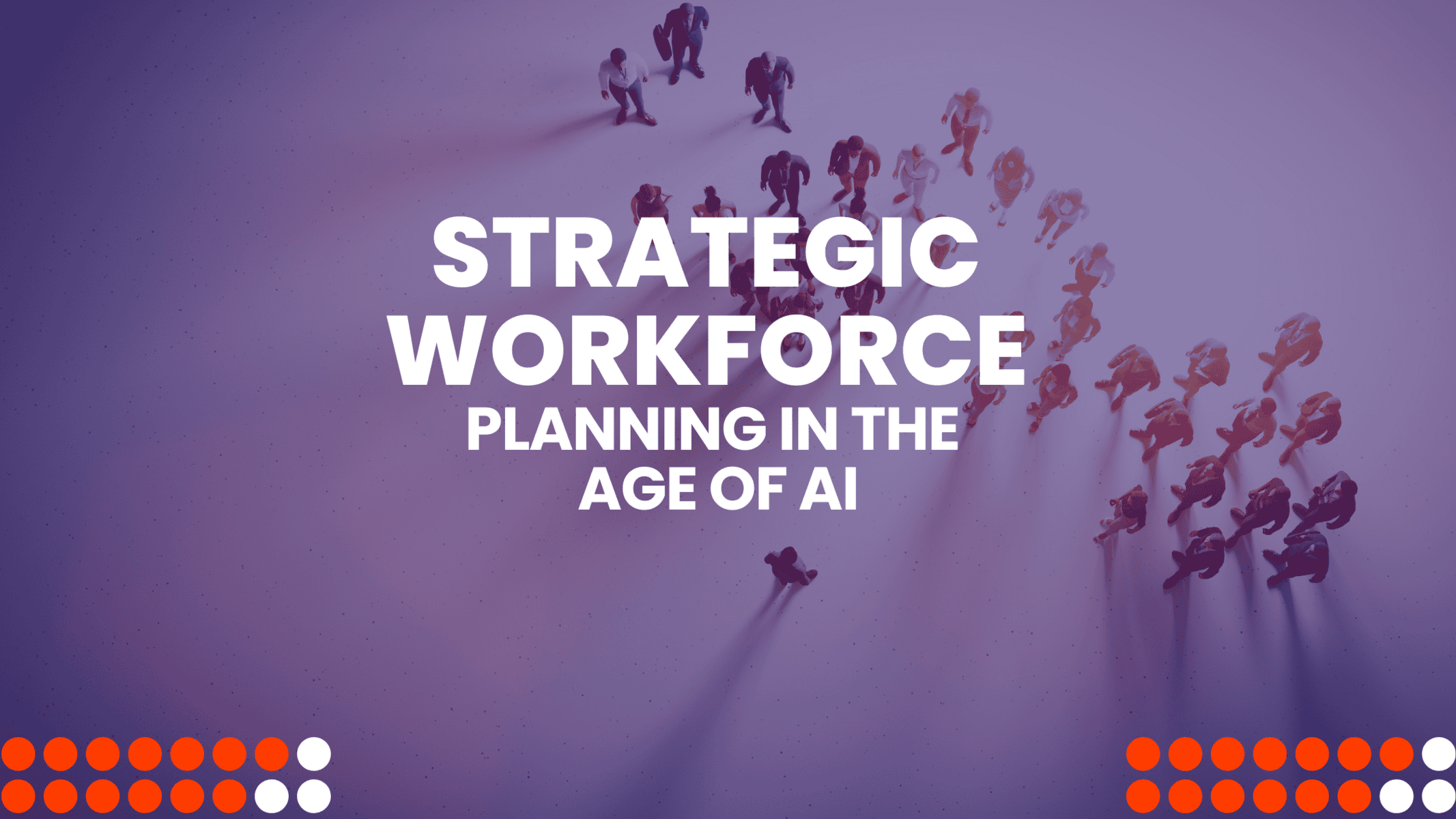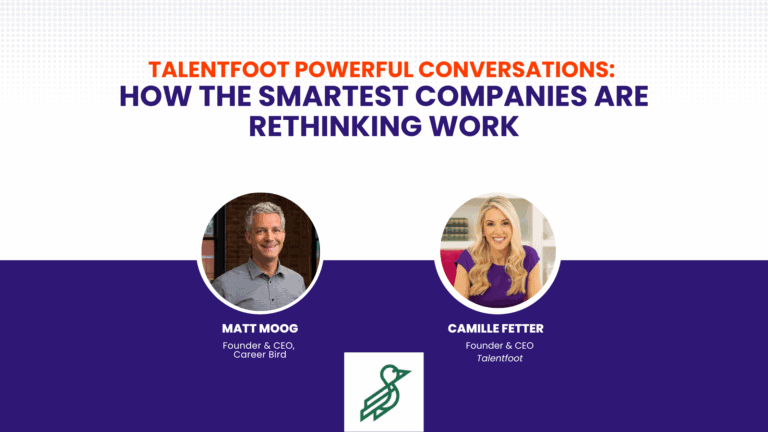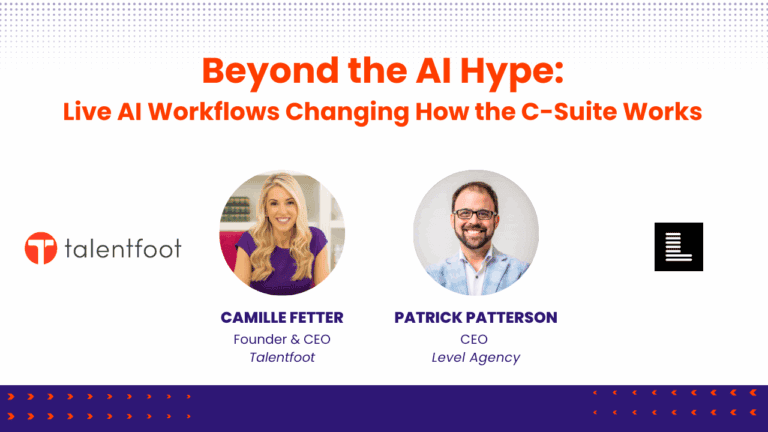Why Strategic Workforce Planning Has Become Non-negotiable in the Age of AI
- 30% of work hours could be automated by 2030, under a moderate adoption scenario, driven especially by generative AI.
- Yet, only ~15% of companies currently engage in full strategic workforce planning that links capabilities, roles, and operating models to long-term business outcomes.
- Skills gaps are now the number-one barrier to transformation for most employers globally: 63% of executives in the Future of Jobs Report 2025 say they lack critical skills in their labour markets.
Fail to address these forces, and firms risk misaligned investment, internal silos, soaring hiring costs, slower innovation, and erosion of morale and retention.
Three Strategic Imperatives for HR Executives
To move from ad-hoc workforce adjustments to SWP as a core enterprise discipline, focus on three imperatives. Under each are practices that can make a difference now.
Imperative 1: Embed Workforce Planning as a Strategic Business Discipline
Practices:
- Treat talent allocation like capital allocation.
View people (skills, roles, capacity) as strategic assets. Embed a skills-first inventory of your critical capabilities. Link gaps in those capabilities to financial metrics and value creation (revenue, margin, productivity). - Plan for both capacity and capability, not just headcount.
Use dual lenses: how many people, when, and what skills or behaviours they must bring. Permit models that let you adjust speed of hiring, redeployment, or automation depending on future scenarios. - Govern with cross-functional stewardship.
HR cannot carry SWP alone. Make Finance, Operations, and HR joint stewards. Embed SWP in business reviews; treat it with the same cadence and accountability as budget reviews.
Imperative 2: Build Agility Through Scenario-Based and Skills-Centric Planning
Practices:
- Develop multiple plausible futures.
Build at least three scenarios (base, upside, downside) that vary in AI/automation adoption, economic growth, talent availability, regulatory risk, etc. Use these to stress-test staffing, roles, and capability plans. - Maintain a dynamic skills map.
Regularly update what skills are rare, rapidly emerging, or at risk of obsolescence. Match them to roles and map lateral mobility, internal redeployments, and skill conversion paths. - Close gaps faster via reskilling, redeployment, and targeted external hiring.
Given the cost, time, and risk of purely buying talent, build learning pathways tied to actual business initiatives. Shift internal talent into new roles when possible, keeping institutional knowledge and accelerating impact.
Imperative 3: Make Strategic Workforce Planning Operational – A Management System with Cadence
Practices:
- Turn once-a-year into everywhere/every quarter.
Schedule SWP as a recurring item in quarterly or business-unit reviews. Track leading indicators (skills inventory, internal fill rate, automation progress, scenario delta), not just lagging ones. - Monitor trigger points and guardrails.
E.g., if AI adoption hits a threshold, if certain skills gap widens past tolerated levels, or if external market signals shift (e.g. high attrition in critical roles), you move with pre-defined action plans. - Include underleveraged talent pools.
Experienced workers (age 55+) are often overlooked but can deliver continuity, mentorship, quality and resilience. As populations age and labor markets tighten, this segment will matter more.
What Good Execution Looks Like: Sample Cadence
Time Frame | What to Review/Update | Who's Involved / What to Surface |
Quarterly | ● Refresh skills inventory for mission-critical teams ● Update scenario deltas (demand vs. internal supply) ● Adjust hiring, reskilling, or outsourcing plans based on trigger point movement | HR + Finance + Operations leadership; present metrics like internal fill rate, skills gap trend, automation risk exposure |
Semi-annually | Check AI / automation adoption vs. expectations; re-evaluate employee efficiency and productivity improvements tied to automation | Chief Innovation / Technology + HR; focus also on early warning indicators of disruption |
Anually | Revisit long-term automation and labor substitution assumptions; re-calibrate 3-year workforce roadmap; assess where external hiring vs internal redeployment delivered best ROI | C-suite plus domain heads; align workforce plan to strategy updates, major investments, and capital allocation |
Close: The Strategic Choice Before You
Organizations that treat workforce strategy as a static HR task will struggle to outmaneuver disruption. In contrast, those that see SWP as a core management discipline, integrated into strategic planning, scenario modeling, and operational governance stand to gain a potent edge: faster innovation, lower hiring costs, sharper agility, and stronger talent retention.
Let this be your call to action: begin this quarter to institutionalize SWP. Start by mapping your critical capabilities, define your scenarios, get senior leadership bought-in, and make your people strategy a force multiplier for your enterprise’s growth, not a back-seat obligation.
How Talentfoot Can Help
At Talentfoot, we work with HR and business leaders every day to connect workforce strategy with the executive and functional talent needed to execute it. With a 98% success rate across executive placements and deep functional practices in HR, Finance, Marketing, Sales, and Technology, we help organizations:
- Identify the critical leadership roles tied directly to growth, profitability, and transformation.
- Build skills-first hiring roadmaps that complement reskilling and redeployment efforts.
- Provide access to a diverse and trusted network of leaders who bring both technical acumen and change leadership skills.
- Support HR executives with consultative workforce planning insights that ensure hiring decisions are not one-off transactions, but aligned with long-term strategy.
It’s why HR leaders and CEOs alike trust Talentfoot, not only to fill pivotal roles quickly, but to ensure their workforce strategies deliver measurable business impact.




